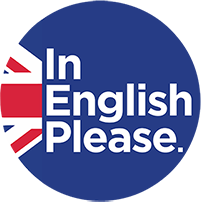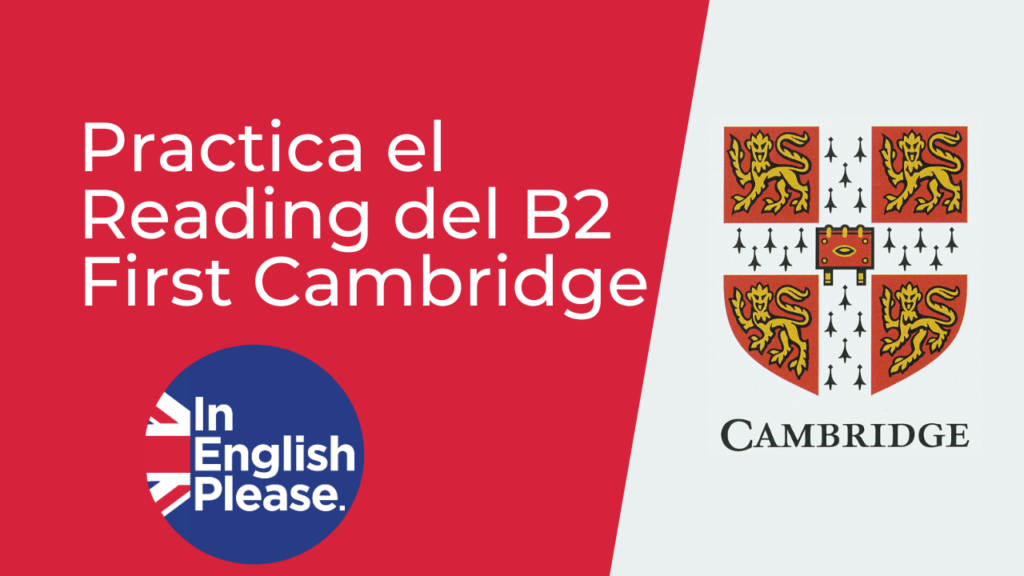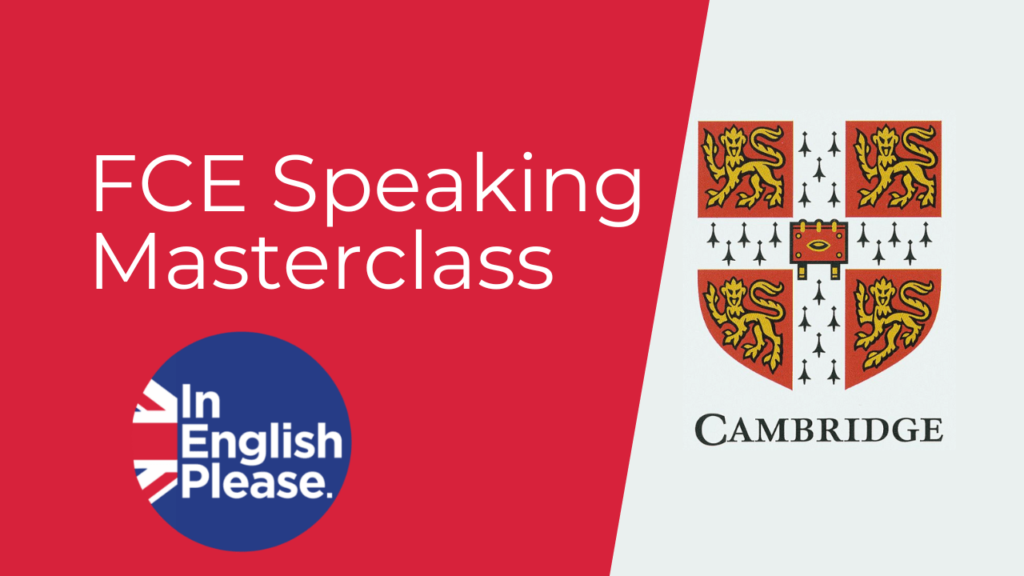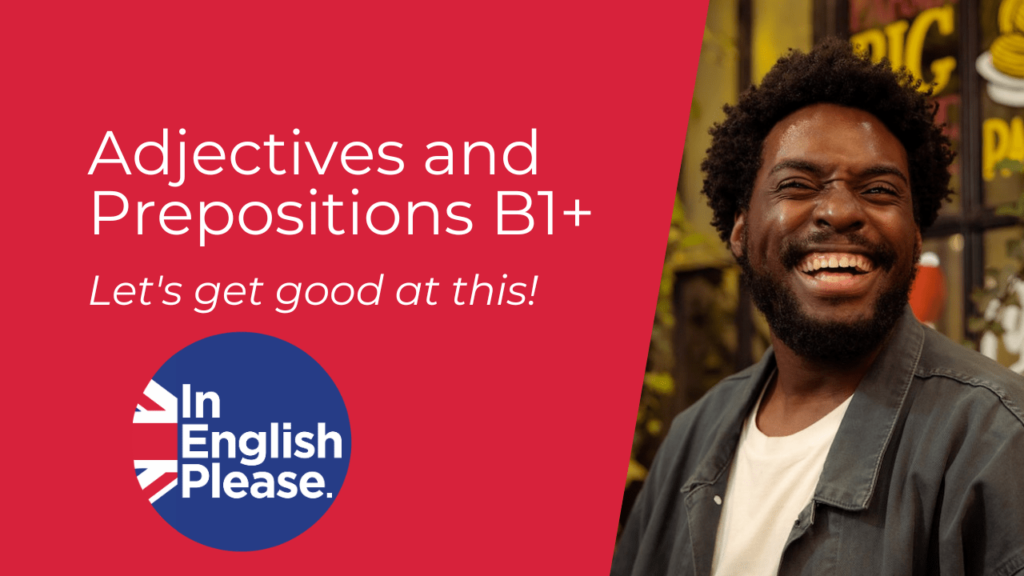
Written by Irene Quesada

Cómo pasar de estilo directo a estilo indirecto
¡Seguimos practicando el reported speech o estilo indirecto! En este post hemos explicado la primera parte, que consiste en qué es el estilo indirecto y hemos visto cómo pasar de estilo directo a indirecto en inglés con varios ejemplos de frases en presente simple. Hemos dividido el tema de estilo indirecto en inglés en dos partes porque hay mucho que contar.
Vamos a ir afianzando poquito a poco así que practica primero con los ejercicios de reported speech en presente simple para ver que lo tienes clarísimo y a continuación vamos a ver cómo pasar de estilo directo a indirecto en inglés en otros tiempos verbales.
Antes un pequeño recordatorio de los pasos que debemos seguir y detalles que tener en cuenta al pasar de estilo directo a indirecto en inglés:
1. Cambia los pronombres y los posesivos:
Ejemplo:
Angela: “I love my job.'” ➡️ “She said that she loved her job.”
Cambiamos I por she y my por her.
2. Cambia los adverbios de tiempo y lugar según el contexto:
Ejemplo 1:
Robert: “I am here.'” ➡️ “He said that he was there.”
“Here” se convierte en “there”
Ejemplo 2:
Martha said, ‘I am busy now.”➡️ “She said that he was busy then.”
“Now” se convierte en “then”
3. Cambia las expresiones de lugar y tiempo:
Cambia las expresiones de lugar y tiempo según el contexto (por ejemplo, “today” se convierte en “that day”, “tomorrow” se convierte en “the next day”).
👉 Si necesitas un repaso de adverbios de tiempo y lugar, míratelos en nuestro curso de gramática de inglés A1. Un buen repaso de preposiciones y adverbios de vez en cuando viene de maravilla, ¡créeme!
4. Y sobre todo, cambia los tiempos verbales:
Por lo general, al pasar de estilo directo a indirecto en inglés vamos a dar como un pasito atrás en el tiempo. Se ve muy bien en esta tabla:
| Direct Speech | Reported Speech | Transformation |
| I have a dog. | She said that she had a dog | Present simple > Past simple |
| We are going to the park | They said that they were going to the park. | Present continuous > Past continuous |
| I visited New York last year. | She said that she has visited New York. | Past simple > Present perfect |
| I have already finished my lunch. | He said that he had already finished his lunch. | Present perfect > Past perfect |
| I will visit my aunt this weekend. | She said that she would visit her aunt this weekend. | Will > Would |
| I can cook dinner. | They said that they could cook dinner. | Can > Could |
| I may join the club. | He said that he might join the club. | May > Might |
| I must* call my lawyer.. | He said that he had* to call his lawyer. | Must > Had to |
*El verbo ‘must’ no tiene una forma directa de pasado. En su lugar, cuando queremos expresar el tiempo pasado o una obligación pasada en el discurso reportado, utilizamos la frase ‘had to’ como alternativa a ‘must’.”
Ejemplos de estilo indirecto en inglés
Y ahora para que te familiarices, te dejamos una lista con ejemplos de transformaciones de estilo directo a indirecto en inglés en varios tiempos verbales:
| He said: “I travel to new places every summer.” He said that he traveled to new places every summer. |
| She said: “I am attending a cooking class.” She said that she was attending a cooking class. |
| They said: “We have visited that museum before.” They said that they had visited that museum before. |
| She said: “I will call you when I get home.” She said that she would call when she got home. |
| He said: “I could swim when I was a child.” He said that he could swim when he was a child. |
| They said: “We might go camping next weekend.” They said that they might go camping the following weekend. |
| He said: “I have read that book.” He said that he had read that book. |
| They said: “We are watching a movie right now.” They said that they were watching a movie at that moment. |
| He said: “I will meet you at the cafe later.” He said that he would meet me at the cafe later. |
| They said: “We couldn’t find the keys.” They said that they couldn’t find the keys. |
Con estos ejemplos de estilo indirecto te quedarás mejor con el tema que hemos desarrollado. Continúa aprendiendo gramática y palabras nuevas en inglés en nuestro blog y en nuestro canal de Youtube. Si de todas formas prefieres aprender con un profesor particular de inglés, tenemos una plantilla súper completa con profes que te ayudarán a preparar exámenes oficiales de inglés, a preparar el speaking de la EOI o a mejorar tu inglés en general, contáctanos y te ayudaremos.
Ejercicios de pasar a estilo indirecto en inglés
Ahora que te hemos contado cómo pasar de estilo indirecto a directo en inglés y de haber visto estos ejemplos, es hora de practicar con estos ejercicios de reported speech en PDF.
Ya tienes material de sobra para seguir mejorando tu inglés desde casa. See you soon!
By the way, no solo somos buenos profesores de inglés sino también somos buenos estudiantes de español. Si ves un fallo en nuestro articulo, abajo nos puedes dejar un comentario con la corrección y la revisamos.
Posts Relacionados
El inglés fundamental: cuál es el inglés más básico
El inglés fundamental: cuál es el inglés más básico Si estás aprendiendo inglés desde cero, probablemente te hayas preguntado por dónde empezar. En este artículo te vamos a desvelar cuál es el inglés más básico y fundamental, aquel que te permitirá comunicarte de...
Texto en inglés para leer – WH questions
Texto en inglés para leer - Practica las WH questions Hoy vamos a ver un texto en inglés para leer y practicar las WH questions. Es perfecto para principiantes ¿Necesitas un repaso previo sobre cómo hacer preguntas en inglés? Mírate este post, ¡te lo contamos muy...
Los 50 verbos irregulares en inglés que debes conocer
Los 50 verbos irregulares en inglés que debes conocer No es un secreto, a la mayoría de la gente le parece molesto aprender los verbos irregulares en inglés. Por eso te proponemos to play smart, que quiere decir “jugar de manera inteligente”. Comienza aprendiendo los...







